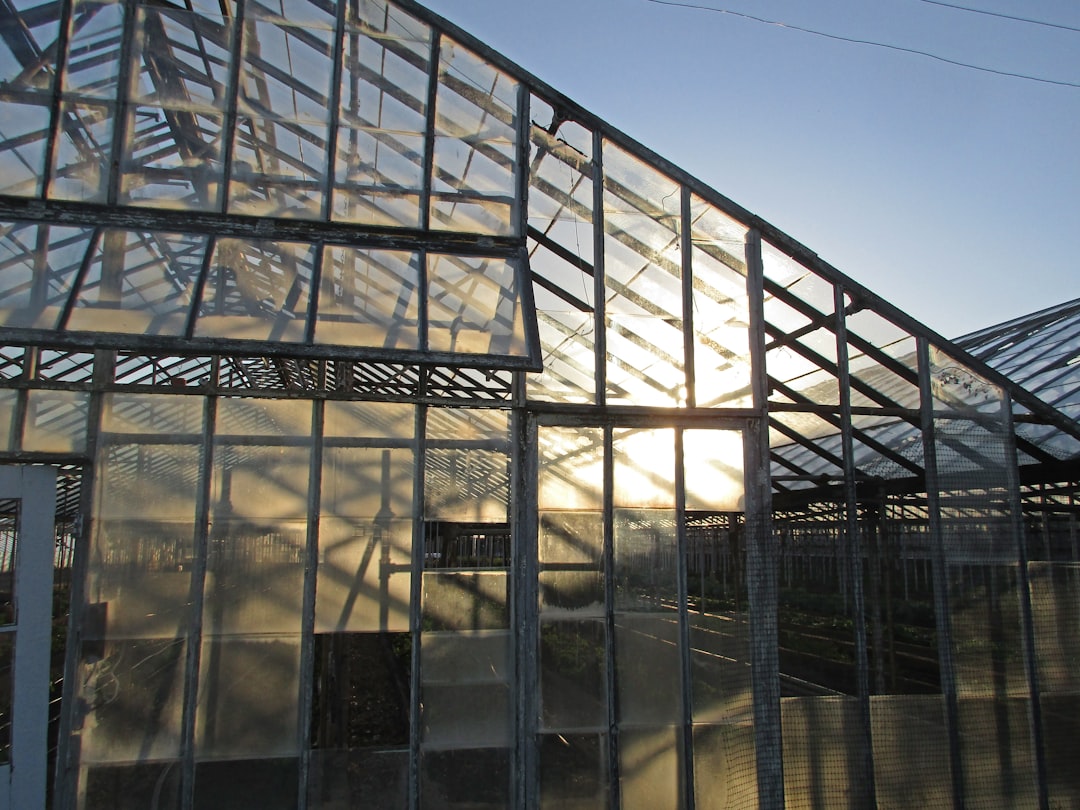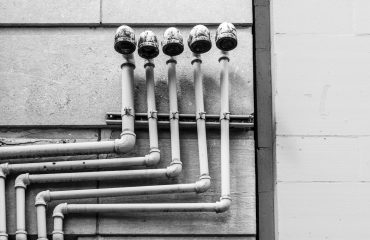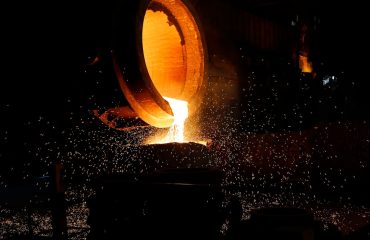The construction industry is undergoing a significant transformation, driven by the increasing demand for faster, more efficient, and sustainable building solutions. Prefabricated steel buildings are at the forefront of this revolution, offering a compelling alternative to traditional construction methods. This post delves into the exciting innovations shaping the future of prefab steel structures, highlighting advancements that are improving speed, durability, sustainability, and affordability.
1. Sustainable Steel: Eco-Friendly Prefab Construction
Sustainability is no longer a niche concern; it’s a core requirement for modern construction. Prefab steel buildings are increasingly incorporating eco-friendly practices. The use of recycled steel significantly reduces the carbon footprint compared to traditional materials like concrete. Furthermore, advancements in steel manufacturing processes are continuously improving energy efficiency and reducing waste. Innovations like using lower-carbon steel alloys and incorporating sustainable insulation materials are further enhancing the environmental performance of prefab steel structures. The design itself can also contribute to sustainability, incorporating features like green roofs, solar panels, and rainwater harvesting systems. This holistic approach ensures that prefab steel buildings are not only efficient to construct but also environmentally responsible throughout their lifecycle.
2. Advanced Design and Engineering: Pushing the Boundaries of Steel Fabrication
Modern design software and advanced engineering techniques are revolutionizing the design and fabrication of prefab steel buildings. Building Information Modeling (BIM) allows for highly accurate 3D modeling, facilitating seamless collaboration between architects, engineers, and contractors. This precision minimizes errors and maximizes efficiency during the fabrication and construction phases. Furthermore, advancements in computer-aided design (CAD) and computer-aided manufacturing (CAM) enable the creation of complex and customized steel components with unparalleled accuracy. This allows for the construction of innovative building designs that were previously impossible or impractical using traditional methods. The use of parametric design allows for rapid iteration and optimization of designs based on specific needs and constraints.
3. Faster Construction and Reduced On-Site Time: Streamlining the Building Process
One of the most significant advantages of prefab steel buildings is their speed of construction. The majority of the fabrication process occurs off-site in a controlled factory environment, minimizing weather delays and on-site disruptions. Components are precisely manufactured to fit together seamlessly, significantly reducing assembly time on-site. This streamlined approach leads to faster project completion, reduced labor costs, and quicker occupancy, offering substantial benefits to both developers and clients. Modular design further accelerates the process, allowing for sections of the building to be constructed and assembled independently, leading to parallel work streams and faster overall completion.
4. Enhanced Durability and Resilience: Building to Last
Steel’s inherent strength and durability make prefab steel buildings exceptionally resilient to harsh weather conditions, seismic activity, and fire. Advances in steel coatings and treatments further enhance their longevity and resistance to corrosion. This translates into lower maintenance costs and a longer lifespan compared to other building materials. Innovative techniques like using high-strength steel alloys and incorporating advanced connection systems improve the structural integrity of the buildings, ensuring they can withstand extreme forces. This increased durability is a key factor contributing to the cost-effectiveness of prefab steel construction in the long run.
5. Smart Building Integration: The Future of Prefab Steel
The integration of smart building technologies is transforming the functionality and efficiency of prefab steel structures. Sensors and IoT devices can be easily incorporated into the design, enabling real-time monitoring of energy consumption, environmental conditions, and structural integrity. This data can be used to optimize building performance, reduce energy costs, and enhance occupant comfort. Smart building features like automated lighting, climate control, and security systems can be seamlessly integrated into the prefab design, creating intelligent and sustainable buildings. This integration not only improves the building’s operational efficiency but also adds significant value to the property.
Prefabricated steel buildings represent a significant advancement in construction technology, offering a compelling combination of speed, sustainability, durability, and cost-effectiveness. The ongoing innovations in design, materials, and construction techniques promise even greater advancements in the years to come, further solidifying the position of prefab steel as a leading solution for diverse building needs.
SEO Tags:
Prefab steel buildings, sustainable construction, steel building innovation, modular construction, smart buildings




